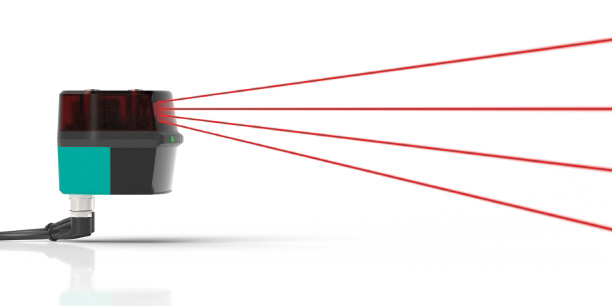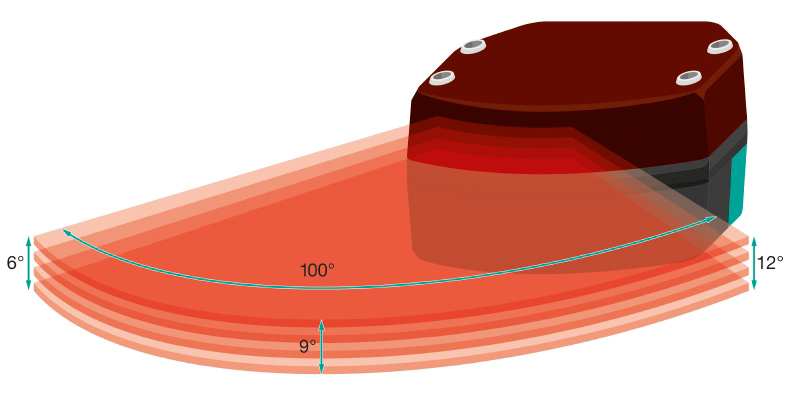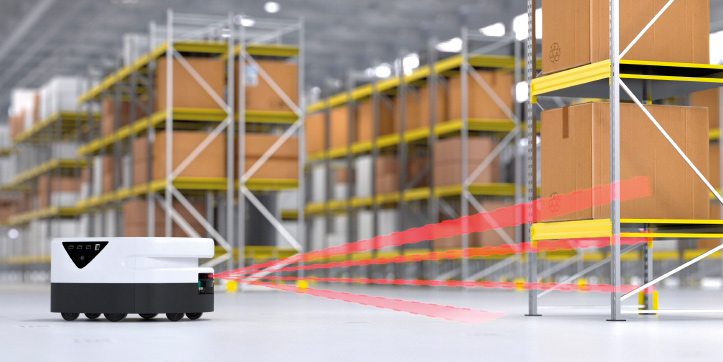Navigating Drop-Offs with the R2300 3-D LiDAR Sensor
Content of This Article
Navigating Drop-Offs with the R2300 3-D LiDAR Sensor
Mobile robots or Automatic Guided Vehicles (AGV) typically use some version of a LiDAR sensor for navigation. LiDAR, which stands for light detection and ranging, is a remote sensing method that measures variable distances using light in the form of a pulsed laser. LiDAR helps localize, navigate, and avoid obstacles so the robot can perceive surroundings and select a collision-free path. As new industries continue to adopt mobile robots, they must be able to navigate new, dynamic environments. One of the challenges in these environments is navigating around drop-offs or cliffs, also known as negative obstacles.
Avoiding Drop-Offs
Almost all mobile robots will encounter some form of negative obstacle, such as stairwells, ledges, docks, and curbs. Failure to accurately detect these obstacles can cause robots to fall—resulting in damage, loss of location, or human injury.
Single-point photoelectric sensors are commonly used to detect the floor, but do not give enough information to the robot. The sensors are typically pointed forward to detect a drop-off. While this leaves more time for the robot control system to stop, it can be problematic because the steep angles make it difficult to detect shiny or dark surfaces. This is due to optics that are not optimized for these angles. Because light scatters significantly at steep angles, less energy returns to the sensor.
Without this data, it can be difficult to properly identify and navigate a new path. While it is possible to designate areas with drop-offs and restrict the robot from operating near them, it is difficult to use in dynamic environments.
Additional Navigational Support
To avoid falls and keep your robot upright, the R2300 3-D LiDAR sensor is designed to provide additional navigational support. The sensor offers four scan layers to detect obstacles up to ten meters away. This gives your robot the ability to look straight ahead and at the surface below. The additional coverage also enables the sensor to detect a cliff or an obstacle up to four times. This helps the robot navigate around objects directly in front of it while detecting the contour or absence of the floor below it.


With its four scan layers, the R2300 3-D LiDAR sensor from Pepperl+Fuchs enables reliable navigation, even in difficult environments and with negative obstacles. Its multi-layer coverage, its compact housing, and its competitive price make it a great solution for keeping your robot safe and upright.
Subscribe to our newsletter and receive regular news and interesting facts from the world of automation.
